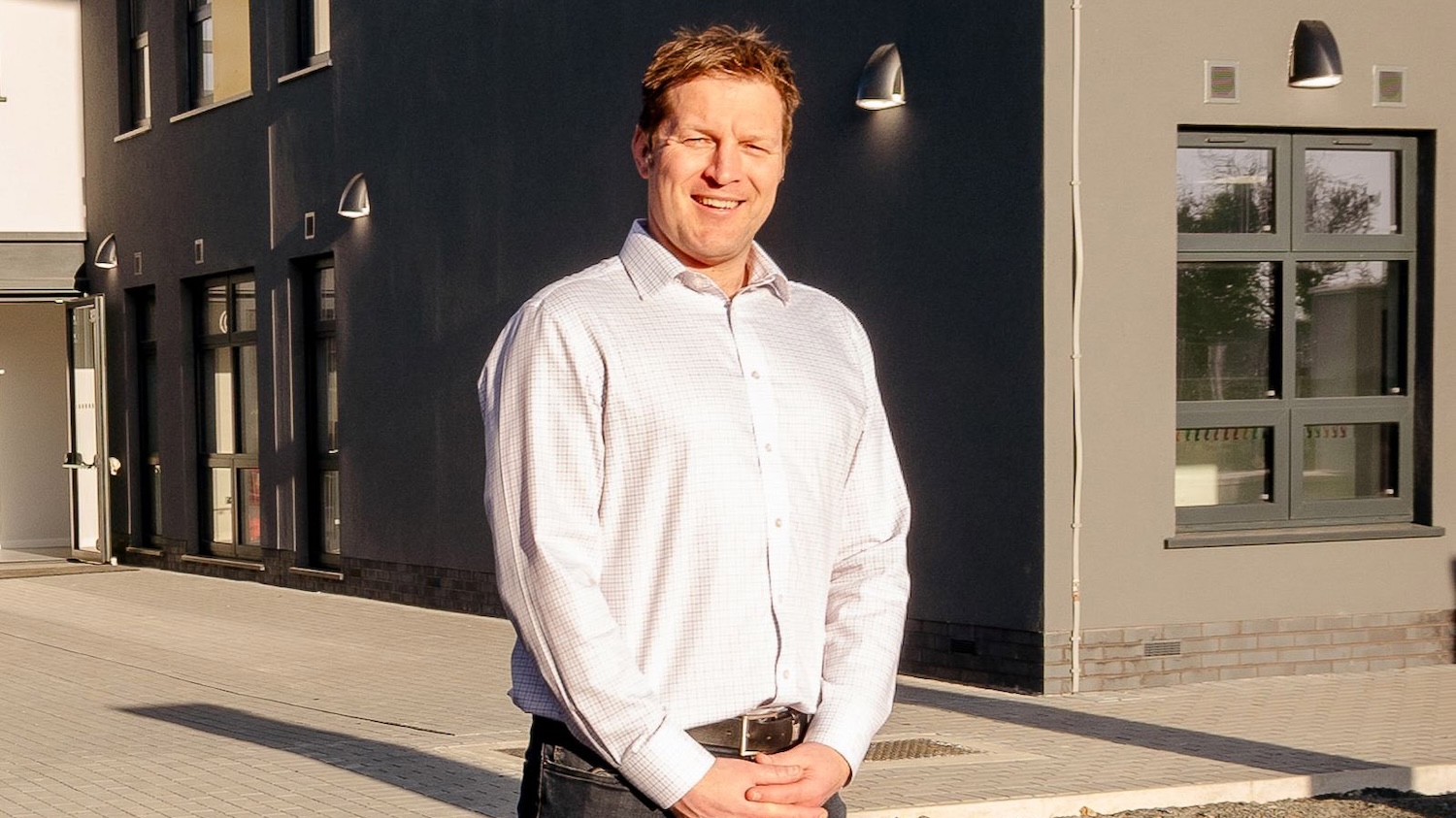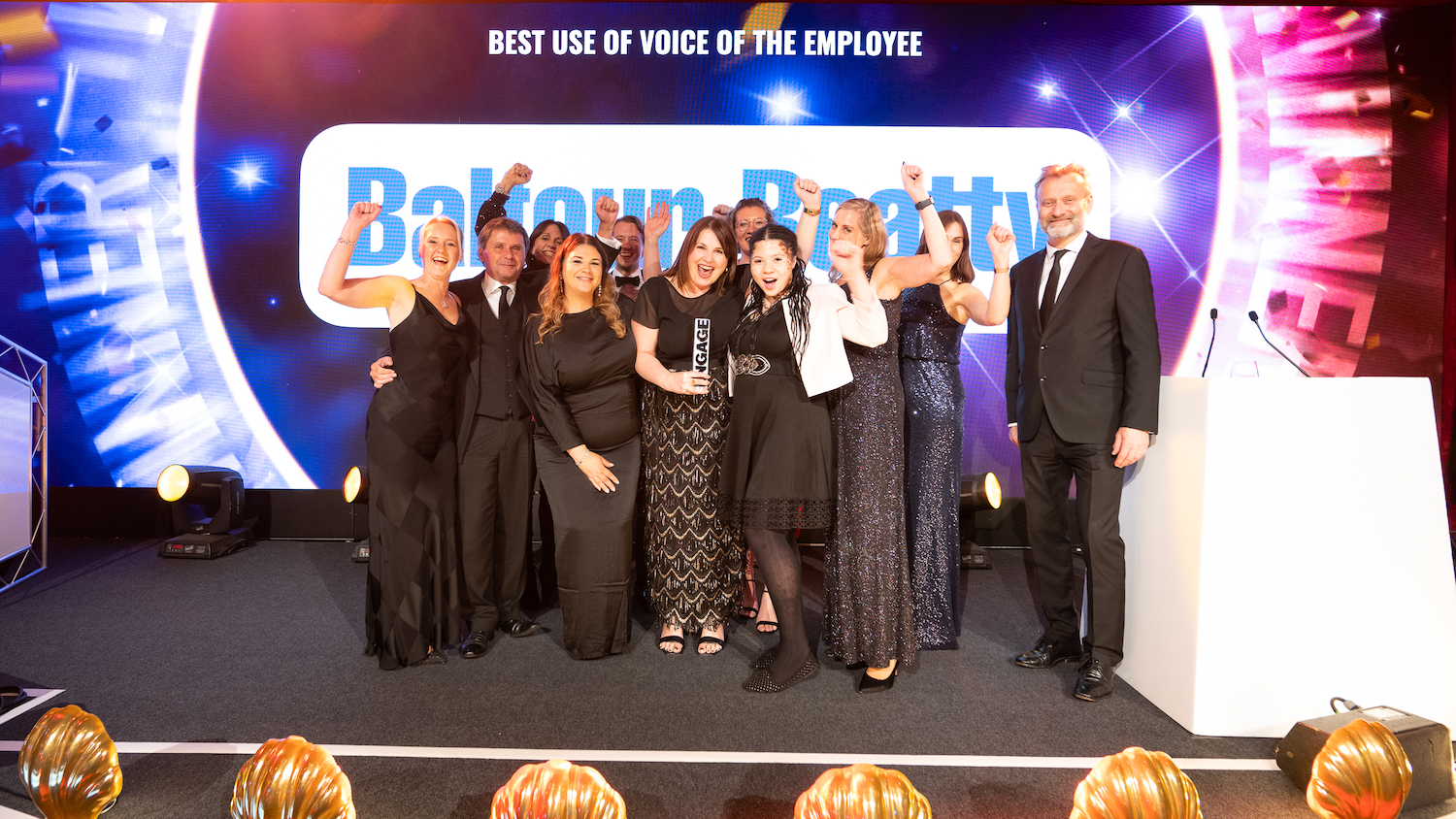
Does it matter how you dress in the workplace?
The construction industry is embracing a more relaxed approach to dressing for work, but what are the benefits and challenges for employers?
The modern construction industry is rethinking its approach to workplace dress – and it’s reaping the benefits.
While some roles will always require PPE, for non-site-based workers there is now scope for more flexibility in what they wear to work.
Robbie Blackhurst, founder and chief executive of built environment software company Compliance Chain, believes the rise of remote working since the Covid-19 pandemic has had a “positive impact” on business attire across the built environment sector.
“The industry has come a long way since the ‘old school suit and tie’ look that much of it was once characterised by, now opting instead for a decidedly more casual look,” he says.
He feels this has improved the overall image of working in the sector, making it more attractive to young people who might have been put off by “a perceived overly corporate atmosphere”.
Dress code transition
Lauren Owens, associate in the employment team at Walker Morris agrees that things have changed.
Five years ago, for example, the term ‘dress code’ was a standard business term that didn’t “provoke much debate”, she says.
“Particularly in a corporate environment, the general consensus was that dress codes meant formal, strict business attire such as smart suits, ties and formal dresses,” she says.

Companies that are attempting to balance the new flexible dress code era may find it more useful to set out what isn’t acceptable – for example, flipflops or tracksuits – rather than try to define exactly what employees should wear
But after the pandemic, the transition from office working to remote working “blurred the lines between home and work life”, she adds, reducing the need for an official dress code for many businesses, with less time spent in an office environment.
“The expansion of homeworking, coupled with the expansion of and push for diversity and individuality within businesses, has led to a move away from rigid and corporate dress codes to more relaxed and flexible policies which allow more employee freedom and ability to reflect personal choice,” Owens says.
Dress for your day
Compliance Chain has a ‘dress for your day’ policy, meaning employees are free to tailor their clothing to suit their diary.
“If you have an external client meeting to attend, you should dress appropriately for that,” Blackhurst says.
“However, if you’re coming into the office for an internal meeting and to sit at your desk as normal, then there’s no need to put on a suit.”
Construction firm Wilmott Dixon adopts a similar approach.
“We have no policy on dress code. It’s about dressing appropriately for the working day,” says a spokesperson. “Sometimes we have dress-down Fridays, but it’s not a blanket approach.
“For Willmott Dixon, it’s about striking a balance between comfort and convenience while also maintaining a professional appearance that underlines that it is a workplace and supports our reputation with third parties.
“A lot of it is common sense and judgement more than being overly prescriptive for the working day.”
Scott McGibbon, founder and MD of Pvotal Consultancy, says that when the business was founded in 2016, they adopted “more contemporary attitudes to business attire”.
While the firm does not have a formal dress code policy, the team believes in “the ethos of dressing appropriately dependent on the context or situation”.
“For us, adopting such an approach allows us to focus more on the fundamental things within the business,” McGibbon says.
“It’s our way of promoting belonging and unity, as well as supporting our workforce to be more focused on their job.”
McGibbon adds that the approach helps empower the workforce, “with the positive message that we trust them to make good choices which, in turn, allows them to express their individuality, not suppress it”.
Is a policy necessary?
While dress codes in the sector are generally more relaxed, Blackhurst believes it is still helpful to have a dress code policy in the workplace.
“It’s important that the industry maintains some degree of standards when it comes to what people wear,” he says.
“Clear boundaries about what is and isn’t appropriate for work should still be set, but each business will have their own ideas about where these boundaries lie.”
Similarly, Owens believes that “most companies will still likely deem it necessary to set some boundaries and guidelines for their employees”, particularly for more client-facing roles.
She says having a dress code policy “can be beneficial for contributing to a more professional environment”. It also helps avoid “confusion or interpretation” by setting clear guidelines for employees to follow.
“There will be some fashion choices that could be inappropriate for the workplace, no matter how liberal the employer,” she adds.
Blackhurst agrees with this sentiment. While he is “largely relaxed” about what staff wear to the office, he does have certain items of clothing – shorts, for example – which he feels are unsuitable.
McGibbon adds: “While we are not rigid, I do not expect our workforce to rock up in shorts and a T-shirt.”

It’s important the industry maintains some standards when it comes to what people wear. Clear boundaries about what is and isn’t appropriate for work should still be set, but each business will have their own ideas about where these boundaries lie
Setting expectations
When setting a policy, employers could present “suggested guidelines on expectations in general, rather than strict dictatorial policies that set out exactly what employees should wear”, according to Owens.
She says dress codes should “first set out what the expectations of the company are for its employees and how this aligns with the company’s values and culture”.
The policy should outline whether the company expects more relaxed, casual attire or for employees to still dress relatively smartly. Clear guidance should also define what ‘casual’ and ‘smart’ mean.
Another consideration for employers is whether it is necessary to expand their dress codes to include hairstyles and accessories.
Common-sense approach
Blackhurst adds that while each business should “decide for themselves what their dress code policy will be”, bosses should “take a common-sense approach to the issue” and allow workers to dress casually when appropriate.
“Companies that are attempting to balance the new flexible dress code era may find it more useful to set out what isn’t acceptable (for example, flipflops or tracksuits) rather than try to define exactly what employees should wear,” Owens adds.
“This way, freedom and choice for employees is maintained while minimal expected ground rules are still in place.”
When companies are considering their approach, McGibbon says not to “overstress a dress code policy” but to “make sure everyone is aware of appropriate levels of attire when representing the company in various situations and contexts”.
Benefits and challenges
Overall, McGibbon believes employers “should strive to strike a balance”.
“We don’t want to strip a worker’s ability to express who they are, but we want our employees’ appearance to convey confidence and professionalism to our clients and the general public.
“We make sure our policy lets our workforce understand what we expect, while not isolating anyone.”
In addition, Owens stresses that it is important for employers to “be mindful of potential discrimination implications of dress codes” and to ensure they are abiding by employment laws.
They should account for different religions, disabilities, gender identity and other protected characteristics.
“One of the challenges with implementing a dress code policy is trying to ensure harmony between the workforce and senior management,” she adds.
“Companies should ensure they communicate the need for the policy and make the expectations within it clear, to avoid any animosity or confusion towards its implementation.”
Positive change
Ultimately, Owens believes more flexible dress codes contribute “to a sense of ‘being yourself’ at work, which can have significant benefits for mental health and diversity”.
She adds that for the modern workforce, the expectation is one of “flexibility and personal freedom”.
“Dress codes have become more of a balancing act between employee preferences and enhanced freedoms, and what is deemed acceptable by the business,” she says.
And these are important issues for employers to consider, particularly as businesses seek to become more flexible and, as a result, attract a more diverse workforce.
Owens adds: “Businesses [that] want to retain current employees and appeal to prospective employees may find themselves in a difficult position with rigid dress codes, especially if their competitors are offering employees more attractive flexibility.”
Comments
Comments are closed.








A very good discussion paper, although I can see the situation developing where there is a demand from employees to have a changing room, with wardrobes, in the office, to be able to change into “appropriate dress” for appropriate meetings.